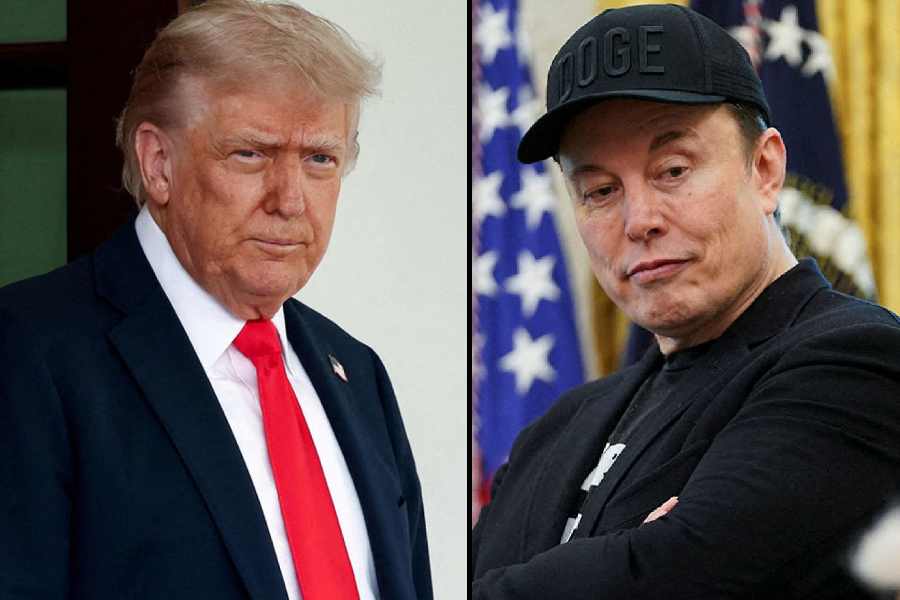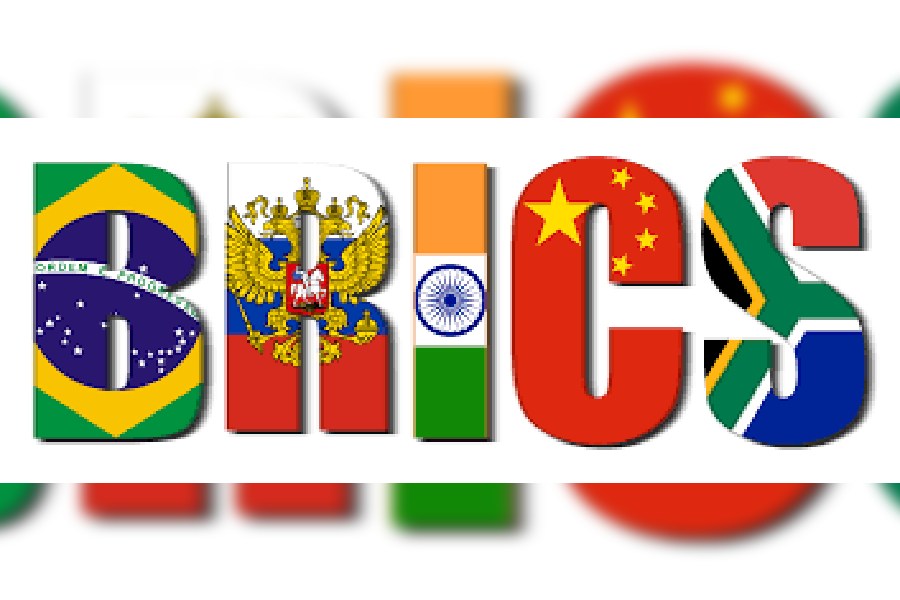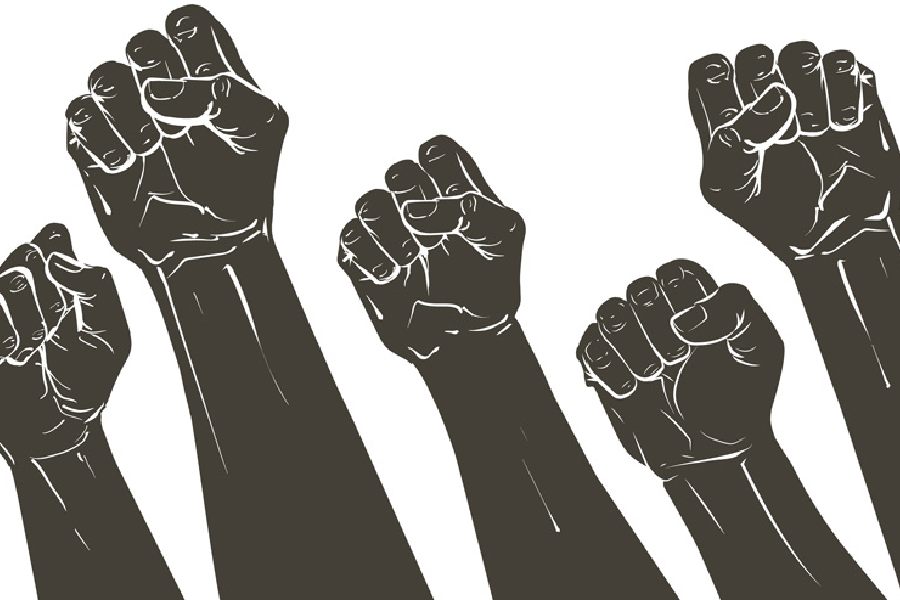|
|
| Manmohan Singh with Nicholas Burns, February 2006 |
From Natwar Singh to Prakash Karat, non-alignment remains the cornerstone of India’s foreign policy even today. To the Congress and Bharatiya Janata Party who pay it lip service, this is a double-edged word that has become a millstone around the necks of India’s policy-makers. The wonder is that even in the days of the Cold War, India was not really non-aligned in the sense of being equidistant from both the cold warriors.
Non-alignment in practice must have three aspects: political, economic and military. The Bandung Conference in 1955, which invented the phrase, said that “colonialism in all of its manifestations was condemned”. The ten-point “declaration at the end of the conference on promotion of world peace and cooperation” led to the Non-Aligned Movement in 1961. It underlined the need for developing countries to loosen economic dependence on leading industrialized nations.
But even in the heyday of non-alignment, India appeared politically and militarily non-aligned but certainly not economically so. Between 1955 and 1971, India received fifty million tons of foodgrain from the United States of America. India was the largest recipient of food aid from the US at the same time that we were the leaders of non-alignment. Similarly, we received economic aid from 1951 to 2006, according to US estimates, of $14 billion (equivalent at current prices to $57 billion). Let us also not forget that when, in 1961, China invaded India, we sought American military aid. We were also closely aligned to the Soviet Union in economic policy, imitating their model of a command and control economy, emphasizing heavy industry versus consumer goods, aiming at distributive justice. The only difference was that we had a private sector and a “mixed economy”, but the government controlled almost every decision in it.
Non-alignment helped to keep us out of the Cold War. We used it to get support from each power for food and economic aid for development and military aid and support. We balanced one power against the other. Non-alignment enabled India to put on an air of moral superiority and preach to the world. Our moral superiority was punctured after we invaded Goa in 1960. To the observant analyst, our earlier unremarked invasions of Hyderabad, and the ‘peaceful’ take over of Junagadh as well as the accession of Jammu and Kashmir, a Muslim-majority state, raised doubts about our non-violent and non-imperialist credentials.
The August 1971 Treaty with the Soviet Union was about military assistance and kept the US from intervening directly in East Pakistan. However, our tilt towards the Soviet Union was much older; we did not protest their invasions of Hungary and Czechoslovakia. Thus the alignment with the Soviets was military as well as political. Non-alignment was a myth and communists and some others find it a useful stick for achieving their own ends.
Three events changed India’s basic approach to foreign policy: the collapse of the Soviet Union and the end of the Cold War; the opening of the Indian economy in 1991 and the nuclear explosions of 1998. The sanctions that followed the nuclear explosions did not adversely affect India because liberalization was making the economy robust and resilient. The nuclear explosions led directly to the Strobe Talbot dialogues and realization by the Clinton and later the Bush administrations that India was a useful potential counterbalance to China. Since the BJP in power continued the economic reforms and was responsible for the newly-visible military muscle of India, it should be taking credit for the new closeness to the US, not condemning it.
The world today is not the world of 1955 or 1961. Russia is flexing its new economic muscle and becoming unreliable: witness their demands for higher prices after agreeing the terms for delivery of the Sukhoi aircraft, and delaying and demanding escalation in price for a renovated aircraft carrier, the Gorshkov. China is a major trading partner and will become more so, but it is also an ambitious country which might, at any time, use military power externally so as to dilute the growing disaffection within China. There is also the new phenomenon of some Muslims placing religion above national loyalties and indulging in terrorist acts. India is likely to suffer much from this, and with the second largest Muslim population in the world, needs all possible external support from other countries to counter it. The growing instability among Muslim countries on our land borders is another new factor that must influence our foreign policies. The inevitable collapse of the feudal regimes in west Asia is another major threat that we must prepare for.
In an article in People’s Democracy, Prakash Karat objects to India’s policies leading to deepening collaboration with Israel, diminishing support to the Palestine cause and friendship with Arab countries, the increasing military exercises with the US, Japan and Australia, and the vote against Iran at the International Atomic Energy Agency. The communists, therefore, in their desire to continue old relationships with Iran and the Islamic world, display a lack of understanding of our changing world and the new threats arising from it.
Our goals in the foreseeable future must be economic growth with equity, in a secure environment. Rather than non-alignment, we need to promote the bloc of developing countries that worked together successfully during the Doha round of World Trade Organization negotiations. Future blocs will be about trade, investment and security cooperation, and the countries will not be the old non-aligned leaders but among Brazil, Russia, South Africa, Japan, South Korea, the Asean countries and India.
The issues that must drive our foreign policies today cannot be what they were in past years. Islam, Islamic fundamentalists and terror have to be at the forefront of our intelligence gathering, foreign cooperation and developing counter-terrorist forces. This is closely related to domestic policies to improve the opportunities for and capabilities of Indian Muslims. We need to formulate inter-communal dialogue to cool down passions. At the same time, we must use our new status as Israel’s largest customer for defence equipment to involve ourselves in resolving the Palestine issue, believed by many to be at the core of the Islamic problem in the world.
India’s economic development is closely tied to the availability of energy. With Indian coal being a major producer of carbon emissions, we will, in future years, be under great pressure to use less coal. While our gas reserves appear to be growing rapidly, the government policy on gas pricing and transmission is confused and appears to favour the gas producer at the cost of the Indian consumer. This must change. We must, at the same time, develop and use all clean technologies while improving coal efficiencies. Renewables must also be on our radar. However, all these will only make a marginal difference to our energy supplies. We will remain heavily dependent on coal and gas, while exploiting hydro potential to the maximum.
It is in this context that nuclear energy and the agreement between George Bush and Manmohan Singh become the keys to our energy security. However, even after thirty years we might add around 20,000 MW of nuclear power in a system that by then will need around 4,00,000 MW. It would appear that nuclear energy cannot be the prime reason for the Bush-Singh agreement. More likely, it is the quiet acceptance by the US of the imperative to nuclearize India and make it militarily stronger. The rationale is obviously to make India a balance to China. Obviously, this cannot be articulated by either government. Except for the communists, whose sympathies are obviously with China, Indians should welcome this agreement. Much of Asia is likely to quietly favour this, as will Australia.
Thus, Indian foreign policy is undergoing dramatic changes. The initial changes came because of the Vajpayee government’s initiatives. It is sad that the BJP is the one that is opposing the change of direction.











